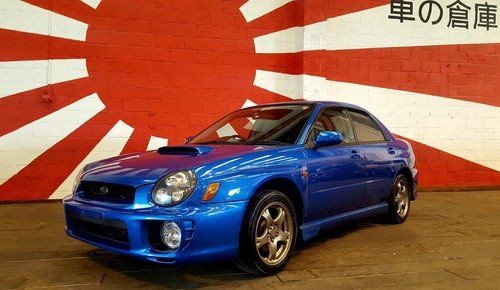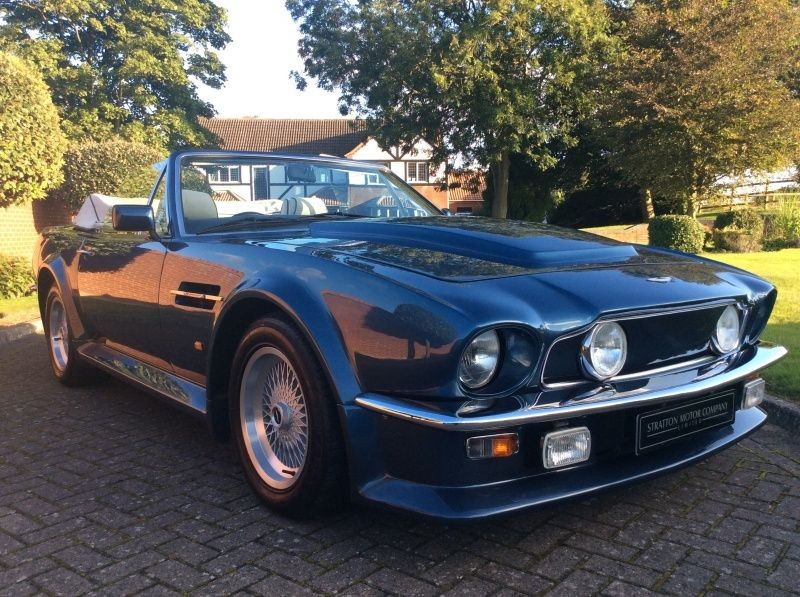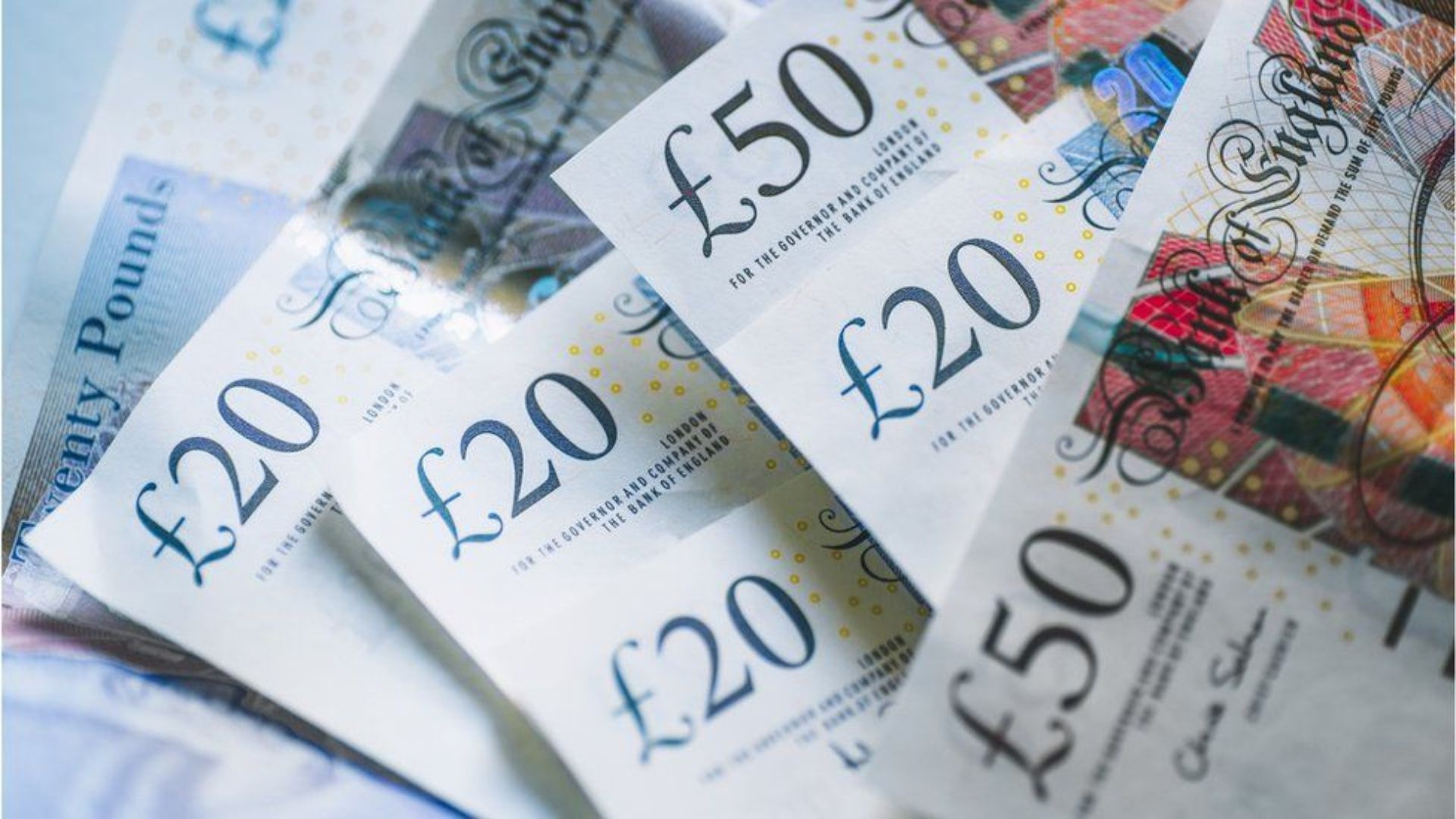*Image by The Car Warehouse
It’s official: the 90s are back. And this time, they’re not just invading our wardrobes and music – they’re taking over our roads, too! While the classic cars of the 50s, 60s and 70s are still popular among collectors and enthusiasts, a new crop of cult classics from the 1990s is starting to gain traction among buyers.
In fact, it seems like these cars are changing the classic market with what would previously have been the cream of the crop dropping in value. Classic car insurer Hagerty has noted a drop in the average price of an S1 Jaguar E-Type from £89,575 to £72,250 over the past two years. The Aston Martin DB6 has fared even worse, dropping £154,000 in value from £344,000 to £190,500!
In contrast, the price of a Renault 5 GT Turbo has risen 93% in the same two-year period. The Subaru Impreza Turbo and Ford Cosworth variants are other cars seeing a resurgence.
What is causing this sudden rise in popularity of 90s cars?
Classic cars are about nostalgia. Be it a car owned in the youth years or one that was unobtainable in those years. As the youth of the 90s grow up and enter the classic car market, they are naturally drawn to the cars of their youth like hot hatches. Secondly, many of these cars are now eligible for classic car status, which makes them more attractive to buyers.
Generation X is now reaching the peak of their earning power, the children are grown up, and they have money to invest in their passions. 90s cars are a great place to start; they are still relatively affordable.
Editor of the Hagerty UK Price Guide, John Mayhead says; “Collectable cars such as E-Types and DBs are seeing their prices either slip or stagnate because those people who always wanted to buy one have probably done so and paid the highest prices, while those who’d like to buy one cannot yet afford to. Regarding the DB6 and its earlier forerunner, the DB4, their problem is that they aren’t the DB5, the model most associated with James Bond and the one people really want,”
The older generation of buyers who were inspired by cars of the 60s, 70s or even earlier is fading away, and a new generation of classic enthusiasts is awakening. Experts feel that for many, these 90s cars will be the entry point into classic car collecting, meaning older classics may be the next purchase on their list. They represent good value for money and hold happy memories for the buyers, who may get the classic car bug and go on to keep the market going. On the other hand, it may just be time for a different array of cars to become the cult classics.
Many pre-war cars are no longer desirable unless they have some sort of racing pedigree. They are difficult to drive and require much maintenance. In contrast, the modern classics often have things like power steering and are more reliable.
Only time will tell which cars make the cut with this new generation of collectors. But for now, it seems that the 90s are back in a big way. Who knows what will be next? Let us know what you think in the comments.







Leave A Comment